Maintaining litter quality during lay
It is essential to be proactive to keep the litter in good condition. Hens have an inbuilt need to forage and dry, friable litter is vital to the hens for foraging behaviour and other positive behaviours such as dust bathing. If the litter becomes wet or capped this can be frustrating for the hens and can lead to injurious pecking starting in the flock. Attention needs to be paid to maintaining litter quality throughout the life of the flock. Interventions can be as simple as frequent raking/forking over the litter or rotavating and then topping up with fresh, clean litter. If there is a persistent problem with wet or capped litter then it is worth investigating the underlying causes. For example, there could be a problem with the ventilation in the house or the condition of the range outside the popholes or leaking gutters. Addressing these issues will make keeping the litter dry and friable an easier and more satisfying task. There is no simple cure. Keeping the litter in good condition is essential for the health and welfare of your hens.
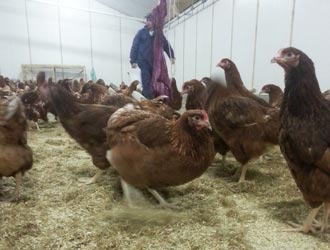 |
|
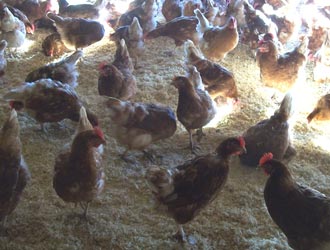
|
|
The hens should have access to dry, friable litter from day 1 in the laying house. They would have had access in the rearing house and preventing access will cause frustration and could trigger injurious pecking.
|
Fresh, clean litter should be added to scratch area when needed. Highly absorbent wood pellet bedding is a very effective litter material and although currently relatively expensive it can be used in problem areas where the occurrence of capped litter is common.
|
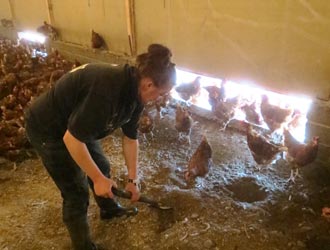 |
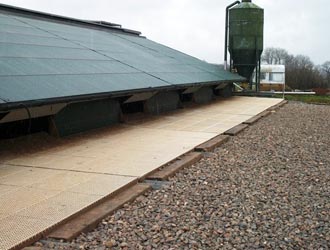
|
|
Keeping the litter dry and friable can require active management. Frequent raking or forking over the litter will keep the litter condition under control and make the task more manageable and rewarding.
|
Often the litter areas around the popholes become capped or wet. Managing the area outside the popholes can help keep the litter dry and creates an additional benefit by preventing dirty eggs.
|
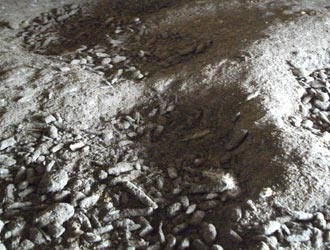
|
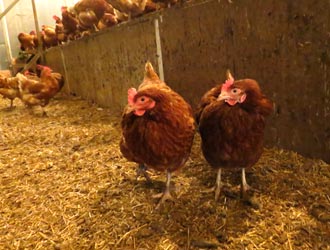
|
|
If the litter becomes thickly capped it should be removed and fresh litter put down. Having in place a system of regular litter quality monitoring and treatment can prevent the litter getting to this stage in the first place.
|
These birds are 65 weeks old. Keeping the litter in good condition throughout lay is vital for the hens ability to express normal foraging behaviour. Maintaining litter quality is the single most important enrichment you can provide to reduce the risk of feather pecking. Well worth the effort.
|